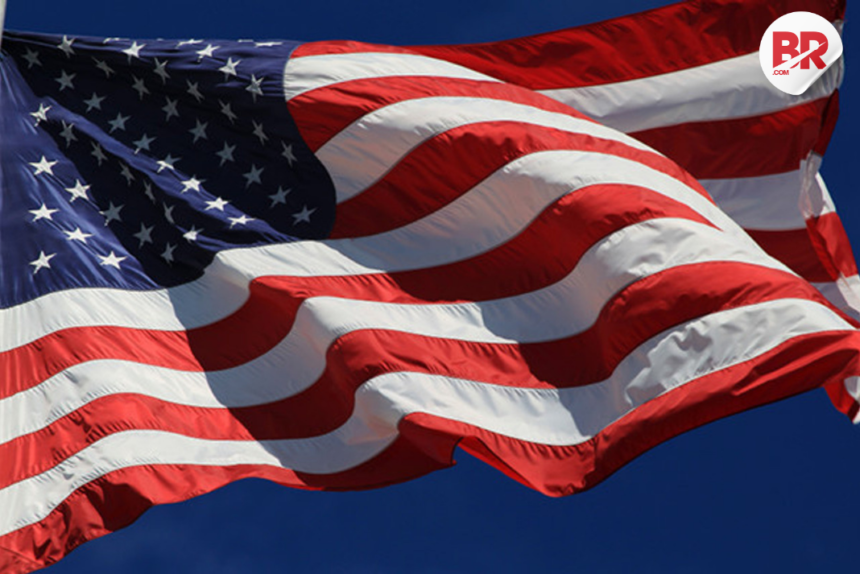In 2017, the term travel ban exploded across headlines as President Donald Trump signed an executive order halting entry into the U.S. for citizens of several Muslim-majority countries. It was fast, loud, and full of legal fireworks. But here’s the question that still confuses many: Was it really a “ban”—or just restrictions in disguise?
What It Meant for Real People
To break it down: a travel ban means total shutdown. If you’re on the banned list, you’re not getting in—no matter what. No visa. No waiver. No exceptions. Meanwhile, travel restrictions are more flexible. You might still be able to enter if you meet certain conditions—like having a student visa or passing extra screenings.
For people from affected countries, especially families split across borders, that difference wasn’t just legal jargon—it was personal. Suddenly, reunions were canceled, weddings missed, and futures put on hold. And yes, that includes highly skilled workers like doctors or engineers who had job offers but couldn’t get past the door.
Also Read Visa Assessment Must Be Merit-Based: Why Indian Students Matter to the US
Ban vs. Restriction: The Real Difference
Trump’s travel ban initially hit seven Muslim-majority nations, causing chaos at airports and protests nationwide. Critics called it a “Muslim ban.”
Courts blocked the first version. Then came tweaks—added waivers, added countries (like North Korea and Venezuela), and a slightly more polished public message. Over time, it looked more like restrictions—but the original damage was already done.
It’s like slamming a door shut, realizing it made too much noise, and then trying to open it just a crack. The noise still echoes.
Who Got Hurt—and How
- Families were split. Some couldn’t see loved ones for years.
- Businesses took a hit. Especially sectors that depend on global talent.
- Colleges lost students. Many couldn’t get visas in time for classes.
- America’s image suffered. Critics saw it as discriminatory and divisive.
From a legal standpoint, the Supreme Court eventually upheld the revised version in 2018. But even now, people debate whether it was truly about national security—or just politics wrapped in fear.
So, Why Does It Still Matter?
Because the word ban still carries weight. It shapes headlines, policies, and how we treat outsiders. It’s one thing to protect borders—it’s another to shut them on entire populations.
Today, future travel policies still take cues from the Trump era. The U.S. continues to tweak how it handles foreign entry—especially during crises like COVID. But now, we know the power of a single word: ban. It’s not just a policy—it’s a signal.
Also Read America Shuts the Gates Again: Is Trump’s 12-Nation Travel Ban a Security Move or Prejudice 2.0?




